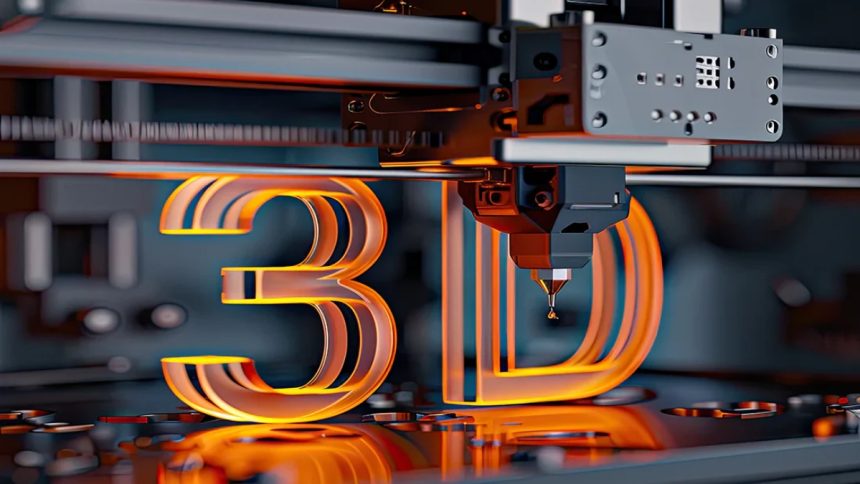Before investing in a 3D printer for sale, it’s crucial to have a clear understanding of the technology and its suitability for your needs. With an array of options available on the market, it can be overwhelming to choose the right one. In this post, we will explore essential considerations and factors that you should know before purchasing a 3D printer.
Understanding the Basics of 3D Printers
To start, let’s briefly explain what this equipment does before you find the best 3D printer for sale. Simply put, it is a machine that turns digital files into three-dimensional physical objects by building layer upon layer of material. These printers have gained significant traction over recent years due to their versatility and ability to precisely create intricate designs.
Identifying Your Requirements
Before embarking on your search for a 3D printer for sale, assess your specific needs and requirements. Consider what you plan to create, the level of detail necessary, and the materials you intend to use. This will help you determine which type of 3D printer best suits your needs.
Types of 3D Printers
There are several types of 3D printers available on the market today:
1. Fused Deposition Modeling (FDM): This type of printer is ideal for beginners as it is cost-effective and easy to use. It works by heating filament material and extruding it onto a printing bed layer by layer.
2. Stereolithography (SLA): SLA printers use ultraviolet laser beams to cure liquid resin into solid objects with remarkable accuracy and detail. These printers are perfect for creating high-quality prototypes or small-scale models.
3. Selective Laser Sintering (SLS): SLS printers utilize lasers to selectively sinter powdered material layer by layer until the object is complete. They offer excellent accuracy and can handle various materials, including nylon.
4. Digital Light Processing (DLP): Similar to SLA printers, DLP printers utilize a light source to solidify liquid resin layer by layer. They offer faster print speed but slightly lower resolution than SLA printers.
Consider Your Budget
Like any investment, you must establish a budget for your 3D printer purchase. Factors such as the type of printer, materials used, and available features will influence the price range. Take into account not only the initial cost but also ongoing expenses like maintenance and material refills.
Print Quality and Precision
One essential aspect to consider before purchasing a 3D printer is its print quality and precision capabilities. Look for printers with high resolution, which determines how well-defined the prints will be. Pay attention to micron measurements; the smaller the number, the higher the precision you can achieve.
Printing Speed
Another significant consideration is printing speed. While faster may seem better, it’s important to strike a balance between speed and quality. Consider your urgency in completing projects versus the desired level of detail. Determine what speed works best for you without compromising on overall print accuracy.
Materials Compatibility
Not all 3D printers are compatible with every available material, making it essential to research the materials each printer model supports before purchasing. Common choices include PLA (polylactic acid), ABS (acrylonitrile butadiene styrene), PETG (polyethylene terephthalate glycol), and various resins for SLA and DLP printers.
Usability and User Experience
When choosing a 3D printer, consider its usability and user experience features as well. Look for user-friendly interfaces, intuitive controls, and comprehensive manuals or online resources for support if needed. Easy calibration processes can save you time during setup and maintenance.
Customer Reviews and Support
Do not overlook customer reviews or testimonials when conducting your research. Real-life experiences from other users can provide valuable insights into a particular brand or model. Additionally, consider the availability and quality of customer support provided by the manufacturer.
Safety Considerations
Lastly, safety considerations should be prioritized when purchasing a 3D printer. Look for printers with necessary safety features such as heated bed protection, filament run-out detection, and thermal runaway protection. Always follow proper guidelines and instructions to ensure safe usage.
Conclusion
Before purchasing a 3D printer for sale, carefully assess your requirements, budget, materials compatibility, print quality needs, printing speed preference, user experience requirements, and safety considerations. Armed with this knowledge, you’ll be in a better position to make an informed decision that aligns with your goals and expectations. Happy printing!
Lynn Martelli is an editor at Readability. She received her MFA in Creative Writing from Antioch University and has worked as an editor for over 10 years. Lynn has edited a wide variety of books, including fiction, non-fiction, memoirs, and more. In her free time, Lynn enjoys reading, writing, and spending time with her family and friends.















